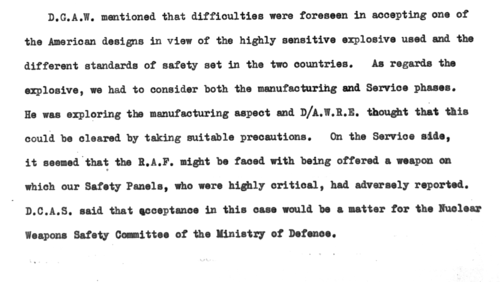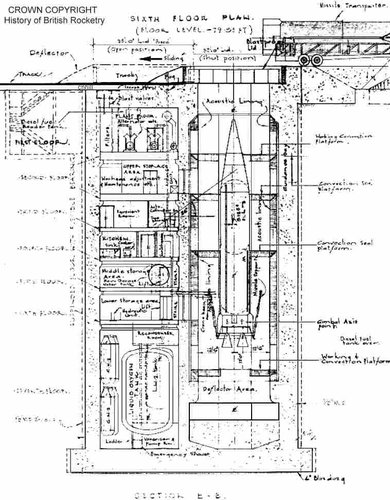Folks,
everybody had Very Scary Broken Arrows back then. The 50's were completely (and criminally) inept as far as nuclear power and weapons were concerned. I use to consider 50's nuclear scientists and military, whatever their nationalities, as having the mentality of a seven year old kid playing with fireworks (I know what I'm talking about - I was that kind of crazy brat).
Except theirs could have blown the entire world.
Scary times.
Surely, they did not exploded (a tribute to the safety systems, admittedly - but also a goddam miracle at times, hint - Goldsborough, cough, Palomares, cough, cough, Thulé). But the damn things burned pretty well, smearing nucleides all over the countryside.
everybody had Very Scary Broken Arrows back then. The 50's were completely (and criminally) inept as far as nuclear power and weapons were concerned. I use to consider 50's nuclear scientists and military, whatever their nationalities, as having the mentality of a seven year old kid playing with fireworks (I know what I'm talking about - I was that kind of crazy brat).
Except theirs could have blown the entire world.
Scary times.
Given the sheer number of aircraft of those generations that fell out of the sky vs zero nukes that even partially exploded - I‘d be far more concerned about the airworthiness and flight safety of the aircraft.
Surely, they did not exploded (a tribute to the safety systems, admittedly - but also a goddam miracle at times, hint - Goldsborough, cough, Palomares, cough, cough, Thulé). But the damn things burned pretty well, smearing nucleides all over the countryside.




